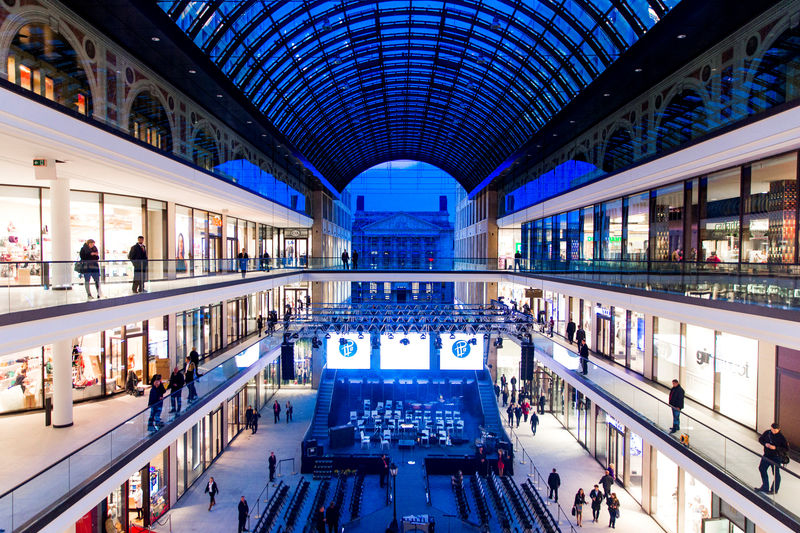BRUSSELS (Reuters) - Euro zone sales rose more than expected in November for a second consecutive month as consumers bought more clothes and electrical goods, official data released on Monday show, in a positive sign for the bloc's growth in the last quarter.
The European Union's statistics office, Eurostat, estimated retail sales in the 19 countries sharing the euro were up 0.6 percent month-on-month, much more than the 0.1 percent rise forecast by economists polled by Reuters.
On the year, retail trade was up by 1.1 percent.
Eurostat also revised upwards October data to a 0.6 percent month-on-month gain from a previous 0.3 percent reading and to a 2.3 percent rise year-on-year from a previous 1.7 percent increase.
The better-than expected figures, although highly volatile and subject to frequent revisions, are positive news for the euro zone economy and could point to stronger growth in the last quarter of the year.
The bloc's economy grew by only 0.2 percent in the third quarter, slowing from a 0.4 percent GDP rise in the second quarter. Before retail figures were released, the gloomier mood among euro zone purchasing managers in December issued on Friday had pushed some economists to forecast that growth in the last quarter of the year would also be slow.
November retail trade was driven up mostly by consumers' appetite for clothes and footwear, whose sales grew in volume by 2.7 percent on the month. Purchases of electrical goods, such as televisions, were also up by 1.5 percent month-on-month.
The higher retail trade figures were also caused by greater sales of medicines, which increased by 1.3 percent on the month. Sales of automotive fuel and online goods also rose.

The rise in sales in these sectors more than offset a 0.9 percent month-on-month fall in purchases of food, drinks and tobacco.